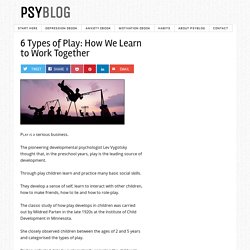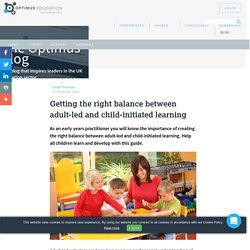

All-6159376. All-6159376. YzkbqoyeKc0. My body. End of Term Letter July 14. The Inclusion Service - Bridgend County Borough Council. Service The fundamental aim of Bridgend’s focus on Inclusion is to ensure the teaching that is experienced by all learners has a positive and sustained impact on the outcomes they achieve and on their wellbeing.

The service aims to support schools, in partnership with families and other agencies, in giving all children and young people in the County Borough access to a broad and balanced curriculum, the right learning environment and all relevant information. Service provider The Inclusion Service is currently based at Ty Morfa and consists of a Senior Leadership Team; Specialist Teachers, Specialist Learning Support Assistants; Educational Psychologists and therapists who have expertise in meeting a wide range of additional learning needs.
Inclusion Service staff are grouped into localities across Bridgend (East, West and North) and work as the Team Around the Pupil, Parent and School (TAPPAS) and in the Bridge Alternative Provision. Curriculumletterspring2015.pdfY5. DownontheFarm(3) Nurseryrhymetimespring2015. Teachers TV- How Do They Do It In Sweden? Teachers TV- How Do They Do It In Sweden? Page from English in Early Childhood - British Council. 6 Types of Play: How Children's Play Becomes More Social. Play is a serious business.

The pioneering developmental psychologist Lev Vygotsky thought that, in the preschool years, play is the leading source of development. Through play children learn and practice many basic social skills. They develop a sense of self, learn to interact with other children, how to make friends, how to lie and how to role-play. The classic study of how play develops in children was carried out by Mildred Parten in the late 1920s at the Institute of Child Development in Minnesota. She closely observed children between the ages of 2 and 5 years and categorised the types of play.
Parten collected data by systematically sampling the children’s behaviour. The thing to notice is that the first four types of play don’t involve much interaction with others, while the last two do. Unoccupied play: the child is relatively stationary and appears to be performing random movements with no apparent purpose. » This is part of a series on 10 crucial child psychology studies. Reference. Getting the right balance between adult-led and child-initiated learning.
As an early years practitioner you will know the importance of creating the right balance between adult-led and child-initiated learning.

Help all children learn and develop with this guide. Adult-led activities are based on our own professional understanding of what we should teach young children and what experiences they should have. Through adult-led activities we can introduce children to new ideas, provide opportunities for them to develop their skills and ensure that they experience all areas of learning in the Early Years Foundation Stage (EYFS). During adult-led learning we can feel that we are in control of the teaching we are providing. However, what we cannot have any control over is what young children are learning from these experiences. Listen to Your Mother. Young children face a remarkable challenge in learning to use the language of their culture. Toddlers vary widely, however, in the rate at which they learn new words.1 A team of Harvard Graduate School of Education researchers set out to ask whether and how children's language environment can impact vocabulary development.
In their study of mother-child pairs from low-income families, they found that mothers who used many different words (not just many words) had toddlers with faster growth in vocabulary use. During the toddler and preschool years, most children learn to use hundreds of words, combining them into sentences and engaging in conversation with others. From previous research, we know that variation in vocabulary growth relates to child characteristics like gender, and also to parental factors.
What did they find? 1Huttenlocher, J., Haight, W., Bryk, A., Seltzer, M., & Lyons, T. (1991). 2Bauer, D.J., Goldfield, B.A., & Reznick, J.S. (2002). 3Hoff-Ginsberg, E. (1998). Let's Talk. What do babies need in order to learn and thrive? One thing they need is conversation — responsive, back-and-forth communication with their parents and caregivers.
This interactive engagement is like food for their developing brains, nurturing language acquisition, early literacy, school readiness, and social and emotional well-being. A dispiriting number of children don’t get that kind of brain-fueling communication, research suggests. In early childhood policy (and in the wider media), much attention has been paid to the so-called word gap — findings that show that low-income children hear 30 million fewer words, on average, and have less than half the vocabulary of upper-income peers by age three.
But putting that alarming number in the spotlight obscures a more critical component of the research, says Harvard Graduate School of Education literacy expert Meredith Rowe: it’s not so much the quantity of words but the quality of the talk that matters most to a child’s development.